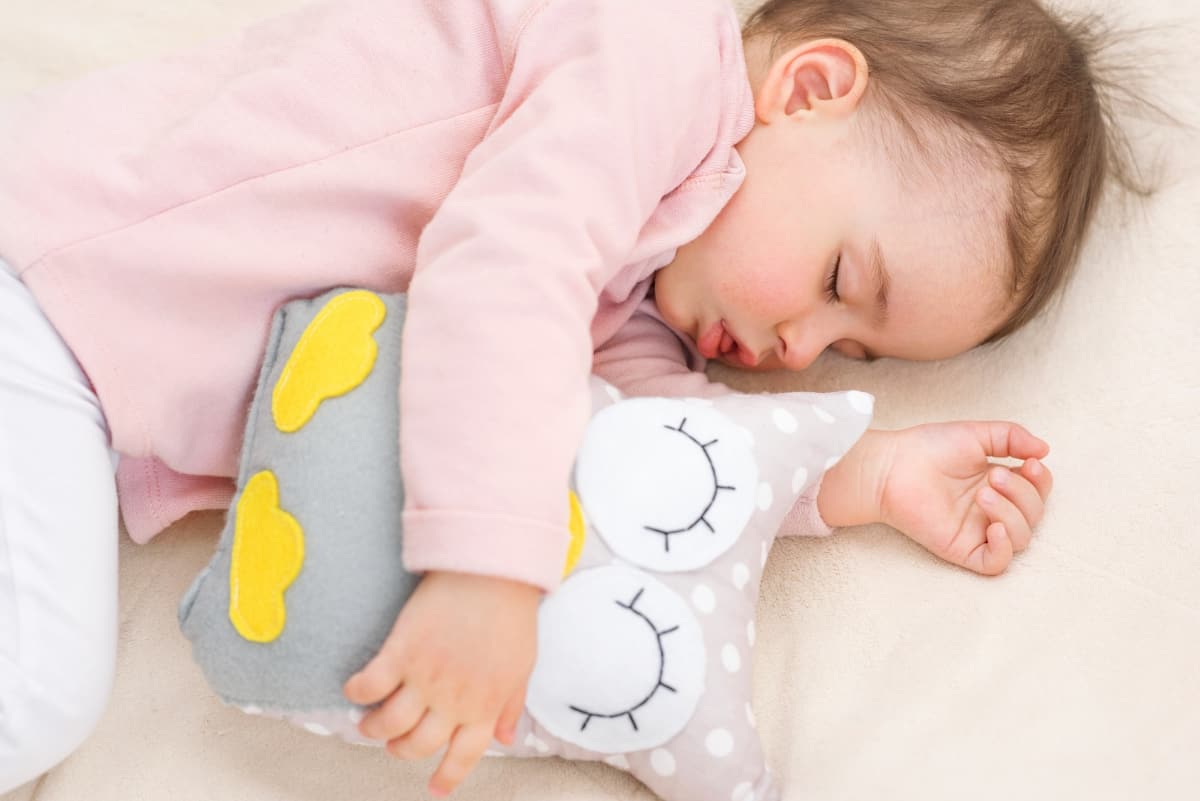All About SIDS and 7 Tips to Prevent It

Every year, thousands of infants fall victim to Sudden Infant Death Syndrome (SIDS). So it is important to be aware of risk factors and follow these tips to make your child’s sleep as safe as possible.
Sudden Infant Death Syndrome
No parent can imagine that their healthy infant might one day be found lifeless in their crib. And yet SIDS is the foremost cause of death for infants between 1 month and 1 year of age. SIDS, along with other sleep-related causes of infant deaths, is often referred to as ‘crib death’ or ‘cot death’ because it is linked to the time when the child is sleeping. Luckily, there are some precautions that can be taken to make sure your baby sleeps safely.
Why SIDS?
The cause of SIDS remains unexplained, despite ongoing research. Sudden Infant Death Syndrome has been linked to undetected brain abnormalities related to areas that control breathing and waking from sleep. Some explanations might be the result of oxygen deprivation, overheating, infection, or excessive carbon dioxide intake combined with possible brain malfunctions. An already vulnerable baby may also be particularly sensitive to outside stress factors. So don’t let anyone smoke near your child!
SIDS Risk Factors
Researchers have found that babies are at the highest risk of SIDS between the second and fourth months of life. In addition, non-white infants have a higher rate of SIDS, as do boys and premature or low birth-weight babies. Children whose siblings or cousins have died of SIDS, or are born of mothers younger than age 20, are also in greater danger. Those who live in households with smokers have a higher chance of developing SIDS.
7 Ways to Reduce the Risk of SIDS
Despite the risk factors, there are several things you can do to minimize your baby’s risk of SIDS. Here are a few ways to protect your baby’s health
1. Use the Back to Sleep Method
Experts say that the best sleeping position for your baby is on their back, whether for short naps or throughout the night. Since the 1994 launch of the
“Safe to Sleep” movement, which emphasized the need to put infants on their backs while sleeping, the instance of SIDs dropped by 50%!Back sleeping is one simple way you can keep your child safe while sleeping. Don’t be concerned if your child rolls over during the night- once they hit this milestone, they are also safely able to sleep on their stomachs.

2. Tummy Time Helps Prevent SIDS
Tummy time during the day is important, too. Your child needs to spend time on their stomach for key motor development. Infants who spend too much time on their backs are at risk of developing flat areas on their heads, which might even require a helmet for correction. Placing babies on their tummy from time to time strengthens their core muscles that are so important for crawling and walking.
3. Put Your Baby on a Firm Sleeping Surface

After you put your child to sleep on their back, make sure you’re also placing them on firm surfaces like cribs or bassinets. There should be no soft items in their sleeping area; ideally, they’ll just have a tight-fitting mattress cover.
Even though bumpers are a really cute addition to the nursery, they’re not the safest, so stick with a cute crib skirt and sheet set for an extra decorative touch! Babies should never be left to sleep on sofas, pillows or quilts, as this raises the possibility of risk from suffocation or strangulation. If your baby uses a pacifier when sleeping, make sure it’s not attached to anything to ensure safe sleep.
4. Don’t Overheat Your Baby
Keep your baby’s face and head uncovered while sleeping so they don’t overheat. It is also important not to overdress the child, and to remove any loose blankets. You want to make sure your child is comfortable, but not too warm.
5. Co-Sleep Safely
On the other hand, room-sharing with the baby can reduce the risk of SIDS, but they must have a separate sleep area such as a crib. Co-sleeping with your new infant in a bed or a chair can be dangerous, as you could fall asleep and inadvertently suffocate the child.
6. Stay Aware of Your Child’s Sleeping Patterns
Sleeping near your baby, even if you’re not having skin-to-skin contact, can also help your baby to establish a healthy sleeping pattern. There is scientific proof that a child’s breathing rhythm stabilizes according to their mother’s when they share a bedroom. Steady breathing at regular intervals helps to sink into a deep sleep and is more refreshing for both you and your kid.
7. Not Smoking Helps Prevent SIDS
Keep your house well-ventilated and smoke-free. Fresh air is an important key to a baby’s good and safe sleep. Smokers should not touch their child immediately after their last cigarette as nicotine sticks on their clothes and skin. This could negatively affect your baby’s health.
You Are Not Alone
Tragedy can strike even the safest, most loving homes. If you have experienced the loss of a baby, make sure you have a strong support network that can help you through this time. There are many SIDS support groups and trained counselors who can help you through this difficult time following a SIDS death. Talking to family and friends on secure platforms like FamilyApp can also be part of the healing process. Don’t suffer alone. Get the help you need!
While the tragedy of SIDS is real, the good news is there are ways to reduce the risk of SIDS. Our 7 simple tips can greatly reduce the rates of SIDS. Additionally, breastfeeding your baby, if possible, can also supply your baby with some essential nutrients for growth and development.
Other good news? The rates of SIDS have been dropping steadily, and in 2015, there were only about 39 SIDS-related deaths per every 100,000 live births. That means the likelihood your baby will die of SIDS is only 0.039%.
Safety is important, but it’s also important to spend these early months enjoying your new baby. Help them develop healthy habits that will serve them well for years to come.
For more family wellness tips and advice check out the Wellness category on FamilyApp.





